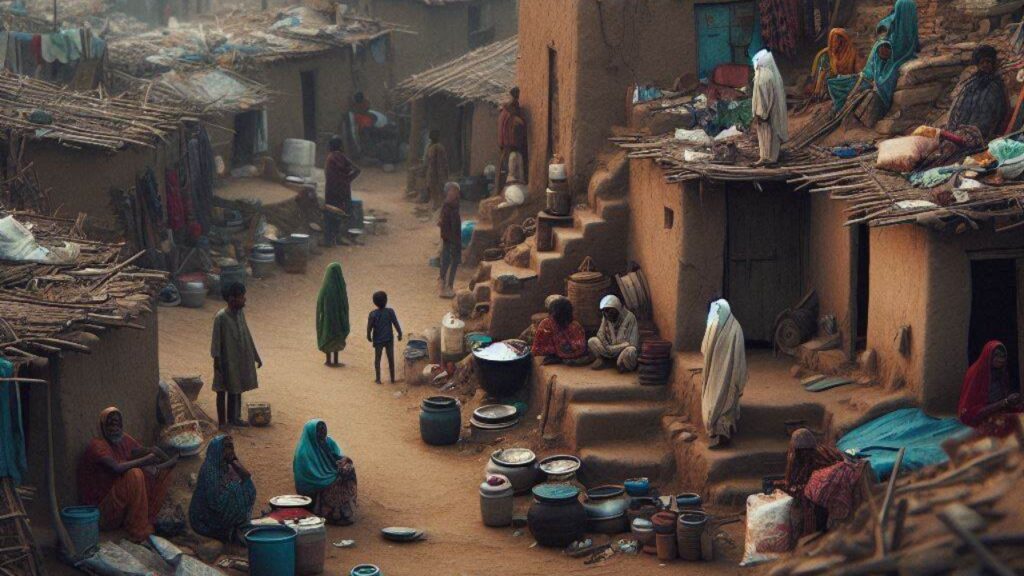The Evolution of Caste Dynamics in Uttar Pradesh’s Politics
The caste system has been an influential force in India’s social fabric for centuries. Rooted in ancient times, it traditionally dominated India’s social and economic landscape but has adapted through the ages, especially within the political domain of modern India. Nowhere is this evolution more evident than in Uttar Pradesh (UP), where caste dynamics have continuously shaped the state’s political landscape since independence.
Historical Context of the Caste System
Post-independence, India aimed to eradicate social inequalities and establish a society based on equality, largely through democratic principles. British colonial rule had already weakened the caste system’s hold, and Indian democracy sought to build on this by promoting egalitarianism. Despite these efforts, the persistence of caste influences, particularly in UP, laid the groundwork for its role in modern politics.
Caste in Pre- and Post-Independence UP
Initially, UP’s political arena was dominated by the upper castes, namely Brahmins, Kshatriyas, and Kayasthas. The socio-economic systems like the Jajmani and Zamindari were abolished, which changed the rural economic structure dramatically. The Green Revolution, land reforms, and rural development schemes improved the economic conditions for backward castes, enhancing their influence. This demographic’s political significance surged, shifting the balance of power.
The Rise of Backward Castes
From 1950 to 1977, the political mobilization of backward castes increased, despite upper castes retaining institutional dominance. The 1977 non-Congress government marked a pivotal change, with backward castes gaining political traction. Chaudhary Charan Singh’s leadership was instrumental in uniting various backward castes, leading to strong mutual support and significant political engagement.
Social movements further strengthened this rise. Leaders like Ram Manohar Lohia advocated for increased representation of backward castes, leading to the creation of powerful coalitions such as ‘Satta Ajgar Ki’ representing Ahir (Yadav), Jat, Gurjar, and Rajput communities.
Dalit Political Mobilization
The journey of Dalit politics from 1950 to 1990 was multifaceted. Initially aligning with the Congress for limited gains, Dalits saw tangible benefits from reservation policies. However, the latter part of the 20th century saw a shift towards more radical and independent political expression. Leaders such as Kanshiram, through organizations like BAMCEF and DS4, mobilized Dalits politically, culminating in the formation of the Bahujan Samaj Party (BSP) in 1984. The BSP’s rise introduced a significant shift, undermining the dominance of upper castes and championing Dalit empowerment.
Modern Political Landscape
Today, UP’s political institutions remain heavily influenced by caste dynamics. While this system has provided structure and motivation for political mobilization, it has also perpetuated divisions and compromised the progressive evolution of democracy. Caste-based politics often challenge the principles of justice, capacity, and fraternity, crucial to national unity and integrity. The inherently competitive nature of caste politics can lead to narrow loyalties and fragmentation within the democratic framework.
Conclusion
The caste system’s integration into UP’s political landscape underscores its adaptability and enduring impact. While efforts to democratize and equalize society were envisioned to weaken caste influences, the reality shows a complex interplay where caste remains a significant factor, shaping the political narrative and power dynamics within the state.
For more insights into the historical migration patterns influenced by caste dynamics, you can read more about Indian migrations as ‘new slaves’.
The official website of the Bahujan Samaj Party can be visited here.
